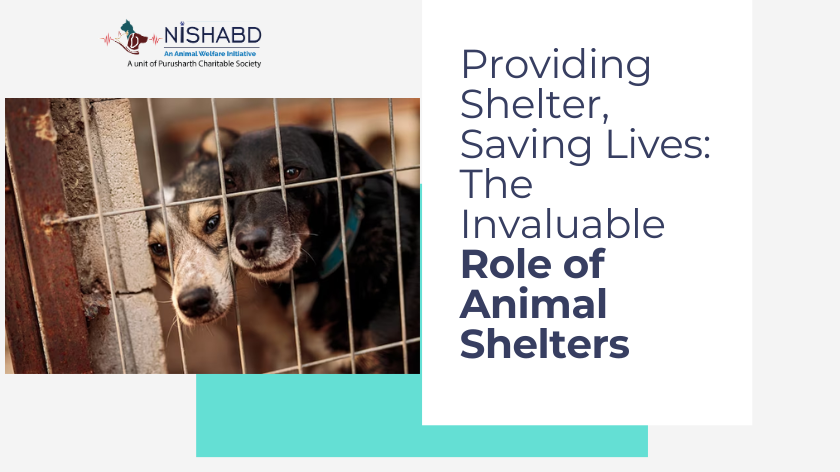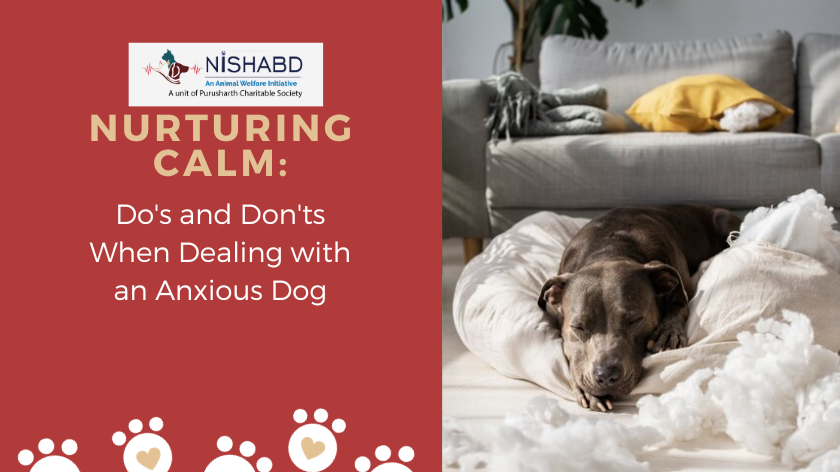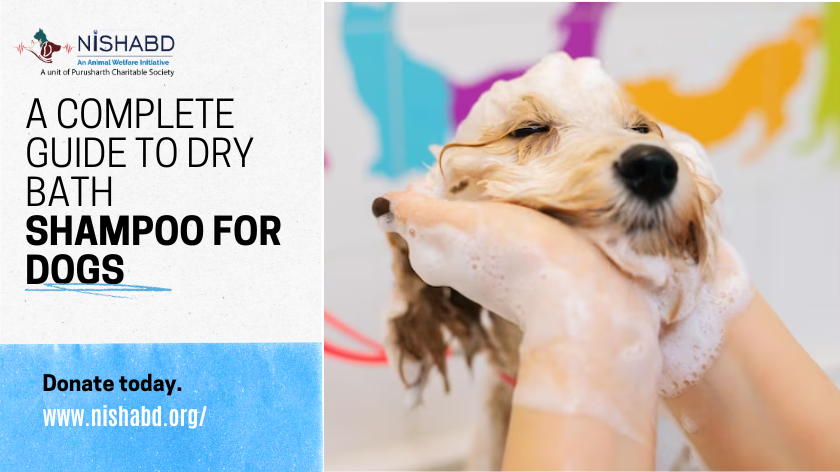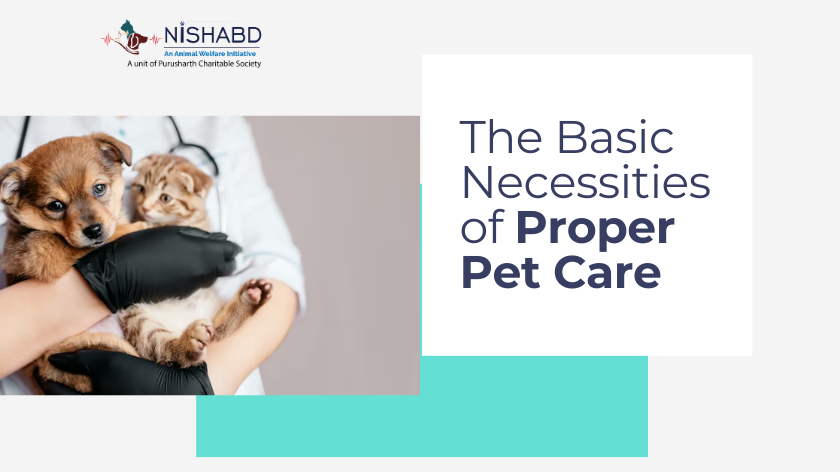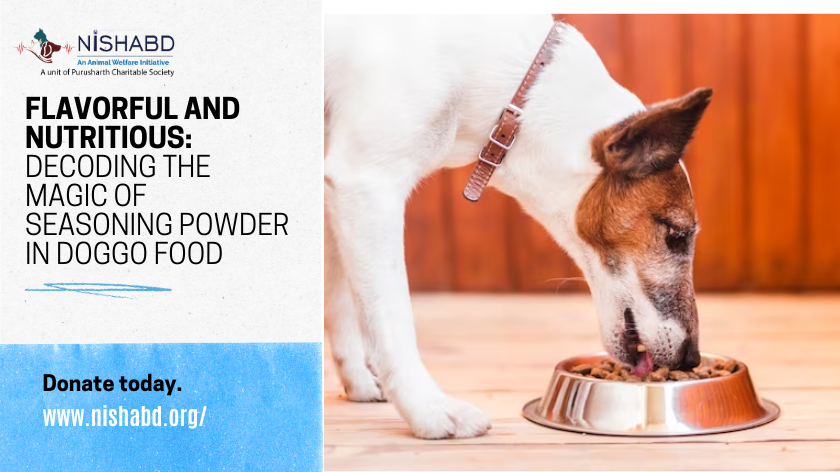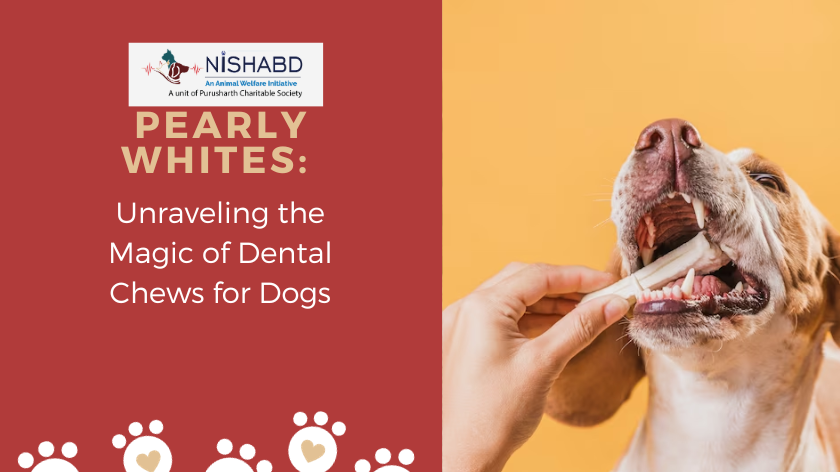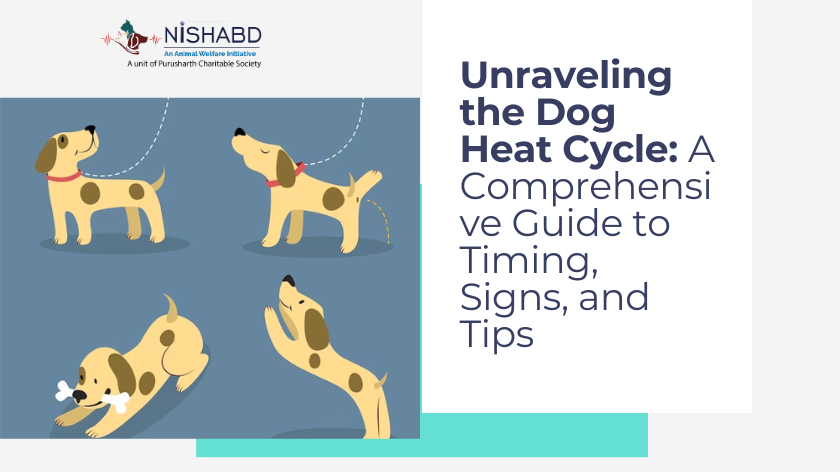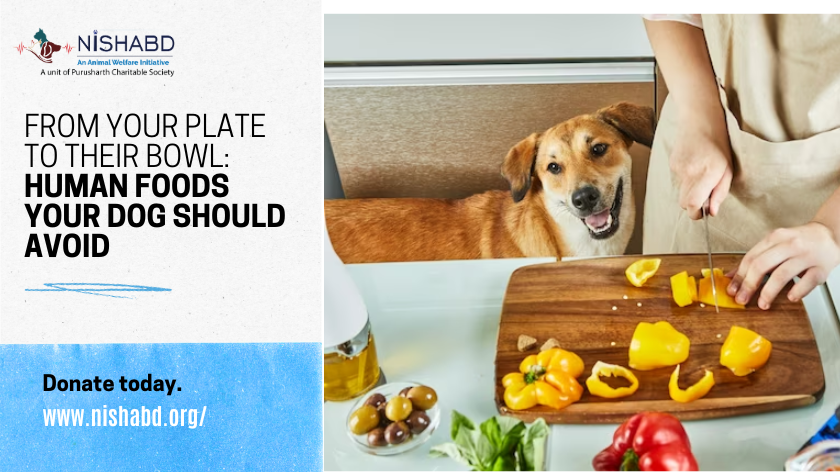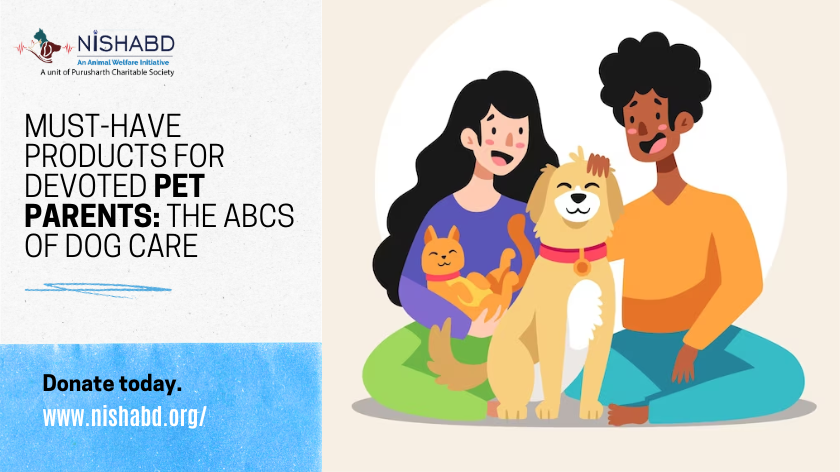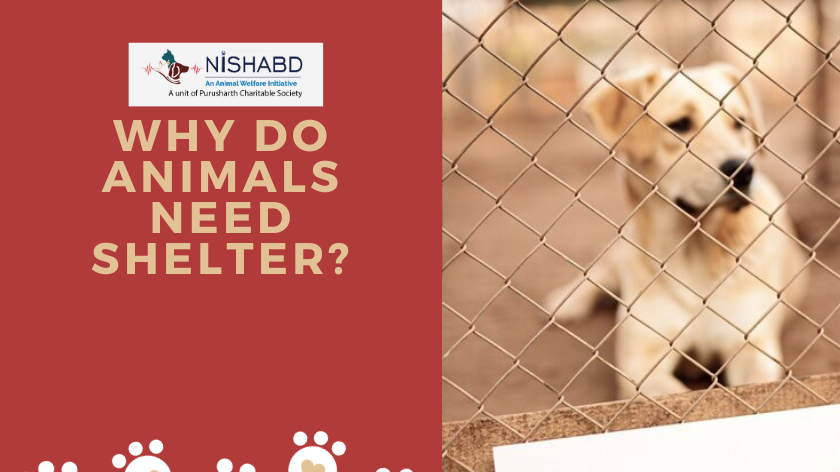
In the vast tapestry of life, animals occupy an indispensable thread, adding richness and diversity to the world. Yet, within this grand tapestry, many animals find themselves without a home or shelter, vulnerable to the harsh realities of nature.
But why do animals need shelter?
Let’s unravel this question, exploring the profound reasons that make shelter a necessity, not a luxury, for our fellow creatures.
“Kindness and compassion towards all living beings are a mark of a civilized society.” – Cesar Chavez
- Protection from the Elements
The shelter offers a refuge from extreme weather conditions-blazing heat, biting cold, torrential rain, or fierce storms. It acts as a protective barrier, shielding animals from the elements that could otherwise harm or prove fatal. - A Safe Space
Animals need a place to feel secure, away from potential threats. This sense of safety fosters well-being, allowing them to relax, rest, and thrive. - Nurturing the Vulnerable
Shelter is especially vital for nurturing the young providing a secure environment for pregnant animals to give birth and raise their offspring. This critical stage of life requires a haven for the vulnerable. - Health and Hygiene
Shelter contributes to the health and hygiene of animals. It offers them a space to be regularly cleaned, reducing the risk of diseases and infections. - A Chance for Recovery
Animals need medical care, whether due to illness, injury, or malnourishment and require a shelter that can offer them the necessary treatment and rehabilitation. - Overcoming Human-Induced Challenges
Unfortunately, many animals are at odds with human activities, including deforestation, urbanization, and pollution[1]. Shelters become a haven for those displaced by human-induced challenges. - A Chance for a Second Home
For many animals, shelters offer the prospect of a second home. They become a stepping stone to finding a forever family that will love, care for, and cherish them. - Relief for the Abandoned
Animals that have been abandoned or lost find a lifeline in shelters. These organizations help them find their way back to safety and security. - Promoting Responsible Ownership
Shelters play a crucial role in promoting responsible pet ownership. They educate the public about the needs and rights of animals, creating a more humane society. - Advocate for Animal Rights
Shelters often advocate for animal rights, raising awareness about treating animals with kindness and respect.
In conclusion, the question of why animals need shelter is illuminated by the profound impact that shelter has on the lives of countless animals. It’s a matter of providing four walls and creating a space where animals can experience safety, well-being, and hope. Shelters embody the compassion and moral progress of a society that recognizes the intrinsic value of all living beings. As we reflect on their significance, let’s remember that by supporting animal shelters, we are not merely building shelters; we are building a kinder, more compassionate world for all its inhabitants, human and animal alike.
In exploring why animals need shelter, we’ve uncovered the profound reasons behind the necessity of providing refuge for our fellow creatures. Shelter isn’t just about four walls and a roof; it’s about creating a space where animals can experience safety, well-being, and hope. It’s a sanctuary that offers protection from nature’s fury, a secure haven where animals can thrive, a nurturing environment for the young, and a space that promotes health and hygiene.
Shelters extend a lifeline to animals in need, whether they require medical care, recovery from human-induced challenges, or a second chance at finding a loving home. They’re also champions of animal rights and advocates for responsible pet ownership, educating society about the needs and rights of animals.
In the broader context, animal shelters contribute to species preservation, vital to biodiversity and ecosystem balance. They are the guardians of our shared responsibility to protect and care for all living beings, promoting compassion, kindness, and a more humane world.
By recognizing the intrinsic value of all creatures, we acknowledge our moral progress and the greatness of our society. Supporting animal shelters is not just an act of building structures; it’s building a more compassionate and inclusive world for both human and animal inhabitants. It’s a declaration of our commitment to coexist in harmony and respect with the diverse tapestry of life.
Read our Article: A Guide to Socializing Your Dog: Building Bonds and Confidence

